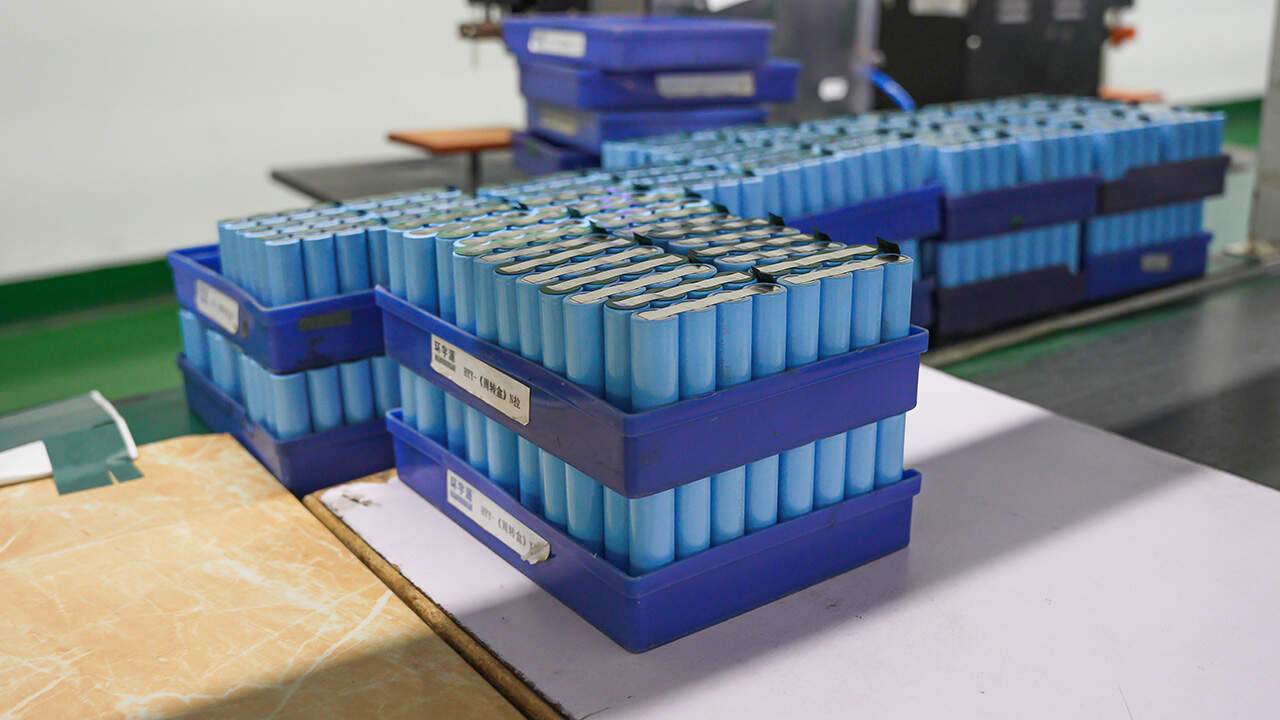Email format error
Email cannot be empty
Email already exists
6-20 characters(letters plus numbers only)
The password is inconsistent
Email format error
Email cannot be empty
Email does not exist
6-20 characters(letters plus numbers only)
The password is inconsistent


Do you know? There are eleven differences between lithium ion rechargeable battery and metal hydride nickel battery. Everyone knows that the lithium ion rechargeable battery is the battery used in mobile phones and electric vehicles, and the metal hydride battery is the kind of 5th and 7th dry batteries that can be charged.
Lithium ion rechargeable battery Compared with nickel-metal hydride batteries, lithium ion rechargeable battery has the advantages of small size, light weight, low service life of lithium ion rechargeable battery, and no memory. It is widely used in many new mobile terminals. Rechargeable batteries in ordinary mobile phones, laptops and other mobile terminals have been slowly replaced by lithium ion rechargeable batteries. In case of urgent need, after lighting, the NiMH rechargeable battery of less critical memory does not need to be recharged. Best used on a regular basis.
The rechargeable battery has high energy density and small volume; the working voltage of a single lithium ion rechargeable battery is three times that of a nickel-metal hydride secondary battery; it has no memory and is used during charging. However, the battery cannot be charged for a period of time. In this case, excessive battery charging and discharging will jeopardize the number of battery cycles. For lithium ion rechargeable batteries that are not suitable for long-term storage, long-term storage will permanently lose part of their capacity. After the battery is 40% charged, it is best to store it in the freezer of the refrigerator.
The charging rules for lithium ion rechargeable batteries are different from those for NiMH batteries. The working voltage of the lithium ion rechargeable battery will rise slowly with the increase of power consumption, which is also a sign to distinguish whether the lithium ion rechargeable battery is full. Generally, the manufacturer recommends that the filling stop working voltage is . The charging method of lithium ion rechargeable battery generally adopts the method of working pressure overcurrent protection. If you want to independently charge the lithium ion rechargeable battery, it should be noted that the battery charging method is different from the constant-flow power battery charging method of the nickel-metal hydride secondary battery. The above is the Charging method of lithium ion rechargeable battery.
The voltage of the lithium ion rechargeable battery is 3.7-, the working voltage of the nickel-hydrogen secondary battery is only 1-, and its volume can be used in series with three nickel-hydrogen rechargeable batteries.
Because the lithium ion rechargeable battery has bright characteristics, it can move quickly in the rechargeable battery and the current is higher. Fast charging, the lithium ion rechargeable battery can be fully charged in about 3 hours; the charging speed of the nickel-metal hydride secondary battery is slow and must be charged in about 1 day. The above is the Charging speed of lithium ion rechargeable battery.
Specific energy
The secondary lithium ion rechargeable battery has higher specific energy. In the catalogue of the first batch of marketing documents this year, the specific energy of the lithium ion rechargeable battery for pure electric vehicles has exceeded 160whkg; the specific energy of the nickel-metal hydride secondary battery is low, only 40-70whkg. Therefore, under the same volume, the volume of lithium ion rechargeable battery is larger than that of nickel-metal hydride secondary battery.
The lithium ion rechargeable battery has no memory and can be used for charging; the nickel-metal hydride rechargeable battery has a certain storage capacity. It is best to ensure that it is fully charged during normal use so as not to jeopardize the battery power.
Life status of lithium ion rechargeable battery
Compared with the nickel-cadmium battery, the lithium ion rechargeable battery life of the nickel-metal hydride secondary battery is smaller, but the life of the lithium ion rechargeable battery is negligible. Compared with lithium ion rechargeable battery life, Ni-MH secondary battery really leads the charge and discharge. The above is the Life status of lithium ion rechargeable battery.
Lithium secondary batteries are expensive, while nickel-metal hydride secondary batteries are more cost-effective. As we all know, the price of lithium ion rechargeable batteries has dropped rapidly in the past two years.
The lithium ion rechargeable battery of the nickel-metal hydride secondary battery has a long service life and memory effect, and its service life is much shorter than that of the lithium ion rechargeable battery.
At this stage, the application of lithium ion rechargeable batteries in new energy vehicles is very critical, as is the nickel-metal hydride rechargeable batteries in Japanese hybrid vehicles. As we all know, in particular, the application of Ni-MH rechargeable batteries is wider than that of lithium ion rechargeable batteries. The above is the Application fields of lithium ion rechargeable battery.
The above is the difference between lithium ion rechargeable battery and nickel hydrogen battery. Do you have a deeper understanding of these two batteries? If you want to buy lithium ion rechargeable battery, please contact us! We, Lithium Hua, are a professional manufacturer of new energy batteries, you can buy our products with confidence.